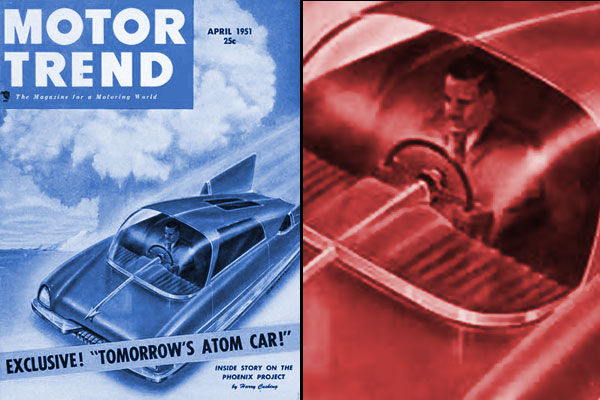
David J. Linden is the author of a new book,The Compass of Pleasure: How Our Brains Make Fatty Foods, Orgasm, Exercise, Marijuana, Generosity, Vodka, Learning, and Gambling Feel So Good. He is a professor of neuroscience at The Johns Hopkins University School of Medicine and Chief Editor of the Journal of Neurophysiology.
Ray Kurzweil, the prominent inventor and futurist, can't wait to get nanobots into his brain. In his view, these devices will be equipped with a variety of sensors and stimulators and will communicate wirelessly with computers outside of the body. In addition to providing unprecedented insight into brain function at the cellular level, brain-penetrating nanobots would provide the ultimate virtual reality experience. In an interview with GOOD magazine, Kurzweil says:
"By the late 2020s, nanobots in our brain, that will get there noninvasively, through the capillaries, will create full-immersion virtual-reality environments from within the nervous system. So if you want to go into virtual reality the nanobots shut down the signals coming from your real senses and replace them with the signals that your brain would be receiving if you were actually in the virtual environment. So this will provide full-immersion virtual reality incorporating all of the senses."Of course, there's no reason why these nanobots must be restricted in their manipulations to the sensory portions of the brain. In Kurzweil's scenario, brain nanobots could just as easily manipulate motor functions, cognitive processes, memories, emotions, and basic drives. But nanobot-mediated virtual reality, virtual emotion, and modulated cognition are only the beginning. Kurzweil predicts that by the late 2030s, we will be able to routinely scan an individual's brain with such molecular precision and with such a complete understanding of the rules underlying neuronal function and plasticity that we will be able to "upload" our mental life into a vastly powerful and capacious future computer. As Kurzweil describes it his book The Singularity is Near , "This process would capture a person's entire personality, memory, skills and history."
At that point, boundaries between brain, mind, and machine would fall away. Once our individual mental selves are instantiated in machine form, manipulations of mental function, perception, and action just become software modules. Want to improve your mood? Want to preserve all your experiences in memories with perfect fidelity? Want to have the mother of all orgasms? There's an app for that.
As much as I respect Ray Kurzweil and appreciate his willingness to make predictions about and argue for specific future events, I take issue with his timetables for both the introduction of brain-nanobots and the ability to upload the contents and meaning of a brain.
Read the rest
Shameless Screen Grab courtesy of Boing Boing
Tearing off a piece of Ray Kurzweil has become a sort of sport: Scientists vs Futurists, and it is the classic battle between what Is and What Could Be. Which when you think about it is really very, very cool. Scientists search for truth as there is beauty and understanding in it's pursuit. Futurists employ imagination and science to attempt to predict what will happen, and what impact this future will have. Scientists use the Scientific Method to conjecture a hypothesis and test rigorously without bias to find result, while Futurists consider input from vast and varied sources to model a predicted outcome. Both the same in some ways for imagining a result, and so different in the application of their disciplines.
-Lord Malignance
And then there are Bad Scientists. Charlatan Practitioners who dodge protocols and leap at possibilities. They'll miss 99% of the time, create vast oceans of Pseudo Science, but every rare so often - will make a breakthrough paradigm shift that changes the fulcrum of knowledge.
And we wear Hawaiian shirts around the Lab under our lab coats.
No comments:
Post a Comment